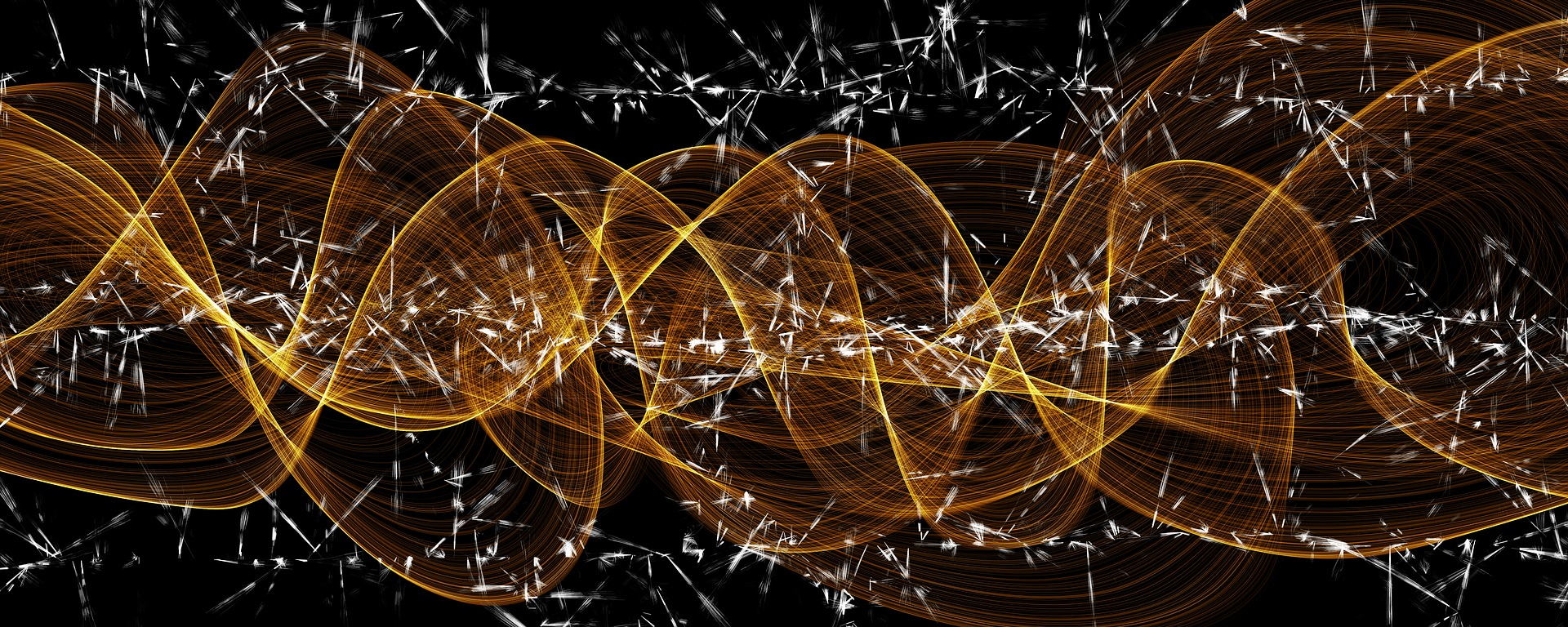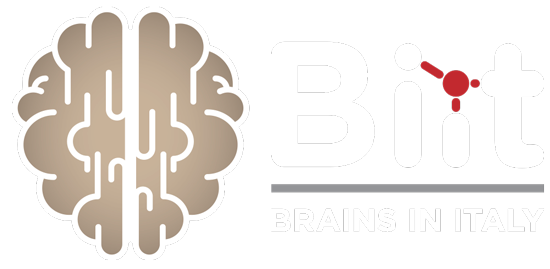DECODE
MATH & QUANTS TO IDENTIFY MUTATIONS ON DNA
DECODE
FISICA E MATEMATICA PER IDENTIFICARE MUTAZIONI SUL DNA


Lo studio del DNA si fa anche con la fisica. Un gruppo di ricercatori dell’Università di Napoli e di Salerno, coordinati dal Professore di Fisica Medica, Carlo Altucci, ha caratterizzato un nuovo metodo per studiare il DNA in termini dinamici e strutturali. Nel dettaglio, questo approccio innovativo è basato sulla cosiddetta gravità analogica, ovvero sulla interazione tra molecole nello spazio che, nel tempo, è soggetta a continui cambiamenti. Tale metodica permette di evidenziare ‘’fisicamente’’ la localizzazione spaziale di una eventuale mutazione che può svilupparsi all’interno della lunga catena del nostro DNA. In tal senso, attraverso l’impiego di sistemi bioinformatici e statistici, è possibile ‘’decifrare’’ la localizzazione della mutazione e di conseguenza affrontare problematiche biologiche , cause di molte patologie genetiche
infatti Il DNA è sempre stato oggetto affascinante di studio per la comunità scientifica….una base vitale sia per l’uomo che per la ricerca che lo analizza in tutte le sue caratteristiche, dalle dimensioni alle componenti che lo costituiscono. Molte sono quelle discipline che, attraverso i loro ‘’strumenti’’ analitici, puntano ad evidenziare tratti peculiari del DNA, fondamentali per futuri trattamenti clinici e terapeutici contro molteplici patologie, alla base delle quali, per la maggior parte degli eventi, la causa principale è rappresentata proprio dalle mutazioni genetiche, veri e propri cambiamenti che si possono riscontrare nella molecola del DNA, durante lo sviluppo dell’organismo.
Questo gruppo di ricercatori ha verificato la validità di una possibile schematizzazione strutturale e dinamica del DNA, avvalendosi della teoria di Chern-Simons, una teoria basata sull’importanza dello studio delle proprietà della materia e dei suoi continui cambiamenti (il cosiddetto studio topologico) e dello studio del comportamento della materia e sue interazioni nello spazio e nel tempo (il cosiddetto studio quantistico). Tale teoria è stata utile ai ricercatori per visualizzare una correlazione tra le sequenze del gene umano KRAS (gene coinvolto nella regolazione della crescita cellulare) e quelle che sono state soggette a mutazioni a causa del COVID-19 . Attraverso analisi statistiche, essi hanno ottenuto un grafico che ha potuto evidenziare la localizzazione della mutazione genetica.
Questo approccio del tutto innovativo potrà fungere da criterio generale per prevedere la posizione fisica nel DNA di eventuali mutazioni, che potrebbero svilupparsi nel tempo, e rappresentare in futuro una nuova forma di prevenzione per molte patologie genetiche, alcune delle quali del tutto sconosciute e rare.
Autore del post: Mariagiovanna Di Chiano, PhD Student/ Brainsinitaly
Istituto di appartenenza: Università degli Studi di Bari
Ruolo: press office
Doi originale: https://doi.org/10.1140/epjp/s13360-021-01960-5
Articolo Divulgativo in Inglese:
DNA has always been a fascinating object of study for the scientific community .... a vital basis both for humans and for research that analyzes it in all its characteristics, from its dimensions to its constituent components. There are many disciplines that, through their analytical `` tools '', aim to highlight peculiar traits of DNA, fundamental for future clinical and therapeutic treatments against multiple pathologies, at the base of which, for most of the events, the main cause it is represented precisely by genetic mutations, real changes that can be found in the DNA molecule, during the development of the organism. One of the branches of science that is involved in the study of DNA is physics. In particular, a group of researchers from the University of Naples and Salerno, coordinated by the Professor of Medical Physics, Carlo Altucci, highlighted a new method for studying DNA in dynamic and structural terms. In detail, this innovative approach is based on the so-called analog gravity, that is, on the interaction between molecules in space which, over time, is subject to continuous changes. This method allows us to '' physically '' highlight the spatial location of a possible mutation that may develop within the long chain of our DNA. In this sense, through the use of bioinformatics and statistical systems, it is possible to '' decipher '' the location of the mutation and consequently face biological problems, causes of many genetic diseases. Therefore, this group of researchers verified the validity of a possible structural and dynamic schematization of DNA, using the Chern-Simons theory, a theory based on the importance of studying the properties of matter and its continuous changes (the so-called topological study ) and the study of the behavior of matter and its interactions in space and time (the so-called quantum study). This theory was useful for researchers to visualize a correlation between the sequences of the human KRAS gene (gene involved in the regulation of cell growth) and those that have been subject to mutations due to COVID-19. Therefore, through statistical analyzes, they obtained a graph that was able to highlight the location of the genetic mutation. This completely innovative approach could serve as a general criterion for predicting the physical location in the DNA of any mutations that could develop over time, and could represent in the future a new preventive form against many genetic diseases, some of which are completely unknown and rare.



